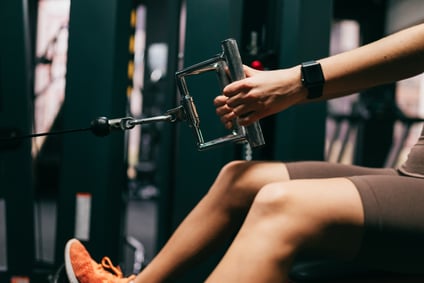 In this blog series, I have discussed four movement patterns that training should fit into. I then went on to talk about scheduling a training plan using the four movement patterns, as well as going over the pushing movement pattern. In this blog I will discuss the next upper-body movement pattern on the list, the pulling movement pattern.
In this blog series, I have discussed four movement patterns that training should fit into. I then went on to talk about scheduling a training plan using the four movement patterns, as well as going over the pushing movement pattern. In this blog I will discuss the next upper-body movement pattern on the list, the pulling movement pattern.
Pulling Movement Pattern
This movement pattern works the muscles of the latissimus dorsi, trapezius, posterior deltoid, and biceps. These muscles are all responsible for pulling objects toward our upper body. These muscle groups are essential for those of you who sit at a desk for the majority of your day job. Strengthening the muscles of your back will aid in maintaining an upright posture.
Similar to the push pattern, the pulling movement pattern can be broken up further into a horizontal and vertical pull. A horizontal pull is one in which you are pulling the weight toward your torso (for example, rows); whereas a vertical pull is one in which you are pulling the weight down from overhead (for example, pulldowns).
Pulling Movements
Lats—Horizontal
- Seated Cable Row
- One-arm Cable Row
- Bent-over Barbell Row
- One-arm DB Bent-over Row
- Chest-supported Row
- TRX or Ring Rows
- Upright Rows
Lats—Vertical
- Pullup
- Chin-up
- Lat Pulldown
- One-arm Kneeling Lat Pulldown
Trap/Posterior Deltoid
- Facepulls
- Pullaparts
- Rear Deltoid Flys
Biceps
- Barbell Curl
- DB Curl
- Cable Curl
- Preacher Curl
- Overhand Curl
Structure Your Training Program
For more information on how to properly progress and structure a training program, visit our staff at the track desk to schedule a private session. We are more than happy to help at any time, and as part of your membership here at NIFS, you receive complimentary workout programs. Our health fitness professionals tailor all programs to your fitness goals.
This blog was written by Evan James, NIFS Exercise Physiologist EP-C, Health Fitness Instructor, and Personal Trainer. To learn more about the NIFS bloggers, click here.


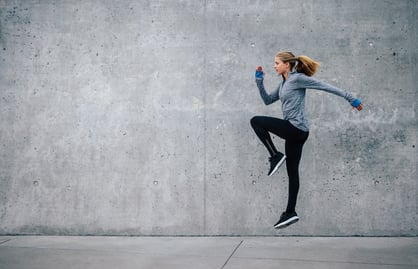 The “perfect” workout rarely happens. Every so often, you may have one of those training sessions where every block flows smoothly and programmed repetitions and sets are executed flawlessly. But for most days, there will be missed reps, you may feel more fatigued than you think you should, or the workout may not come together as you hoped it would. That is fine. Your goal should be to strive to be as close to perfect as possible, with the understanding that it may not always happen.
The “perfect” workout rarely happens. Every so often, you may have one of those training sessions where every block flows smoothly and programmed repetitions and sets are executed flawlessly. But for most days, there will be missed reps, you may feel more fatigued than you think you should, or the workout may not come together as you hoped it would. That is fine. Your goal should be to strive to be as close to perfect as possible, with the understanding that it may not always happen.
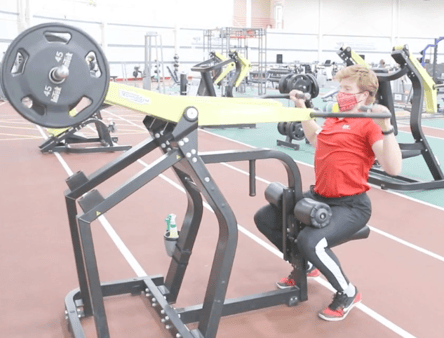 The traditional bodybuilding split of working one muscle group per day might work for the dedicated, high-level competitive bodybuilder who makes their living in the gym. But for the general population only looking to shed some unwanted pounds and improve their overall health, the traditional bodybuilding split is not ideal. Working multiple muscle groups in the same session is much more ideal because it ramps up the body’s metabolism more than working a single muscle group each day. To achieve this, we train the movement, not the muscles.
The traditional bodybuilding split of working one muscle group per day might work for the dedicated, high-level competitive bodybuilder who makes their living in the gym. But for the general population only looking to shed some unwanted pounds and improve their overall health, the traditional bodybuilding split is not ideal. Working multiple muscle groups in the same session is much more ideal because it ramps up the body’s metabolism more than working a single muscle group each day. To achieve this, we train the movement, not the muscles.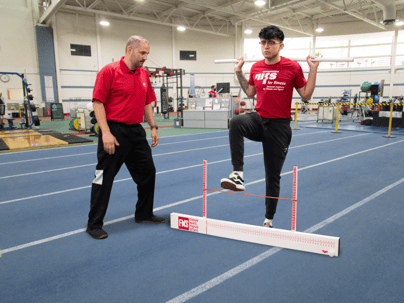
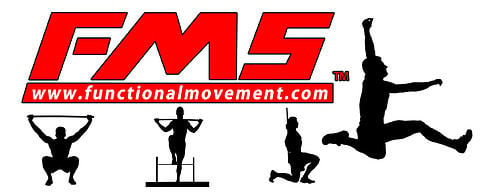
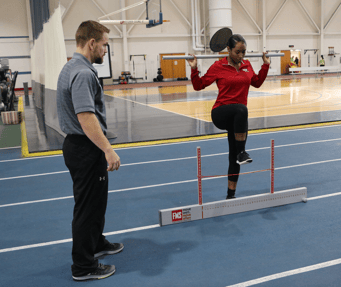
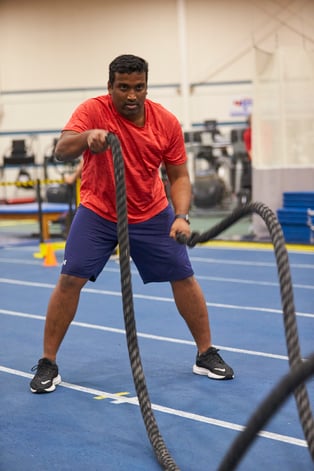 When you begin your fitness quest and are getting started on a new program, finding exercises that are appropriate for you is key to your success. Your fitness staff at NIFS has your back! Training methods and training tools developed from years of research and practice have shown that sometimes a simple exercise done well can be quite effective.
When you begin your fitness quest and are getting started on a new program, finding exercises that are appropriate for you is key to your success. Your fitness staff at NIFS has your back! Training methods and training tools developed from years of research and practice have shown that sometimes a simple exercise done well can be quite effective. It’s finally that time of year again—time to hit the links and chase a little ball all over a well-manicured green space with the hopes of golf immortality. If you are like me, you have a love/hate relationship with the sport of golf, but I look forward to my weekly round with friends to take on challenging courses and ultimately myself.
It’s finally that time of year again—time to hit the links and chase a little ball all over a well-manicured green space with the hopes of golf immortality. If you are like me, you have a love/hate relationship with the sport of golf, but I look forward to my weekly round with friends to take on challenging courses and ultimately myself.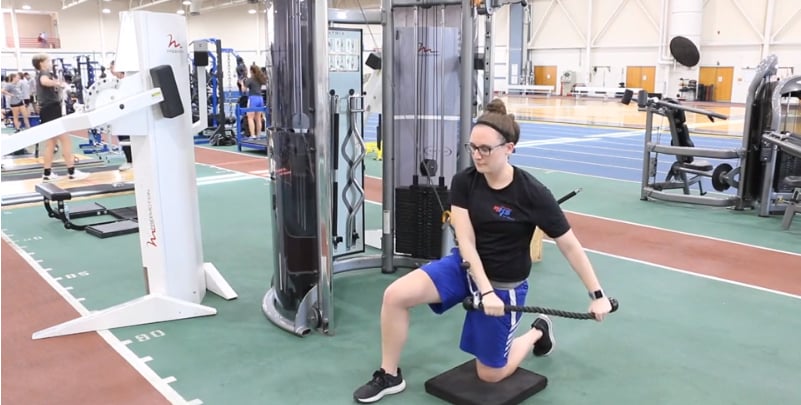
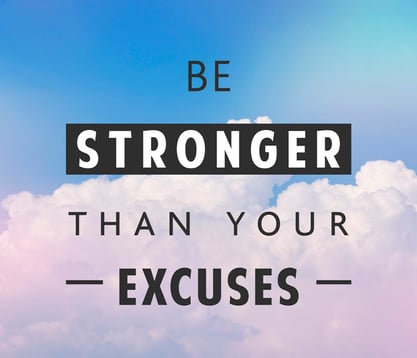 What’s your motivation for working out? Eat healthy? What’s your motivation to get enough sleep or practice de-stressing with yoga or foam rolling? What’s your motive to get your friends and family to go on a walk or to the gym with you?
What’s your motivation for working out? Eat healthy? What’s your motivation to get enough sleep or practice de-stressing with yoga or foam rolling? What’s your motive to get your friends and family to go on a walk or to the gym with you?